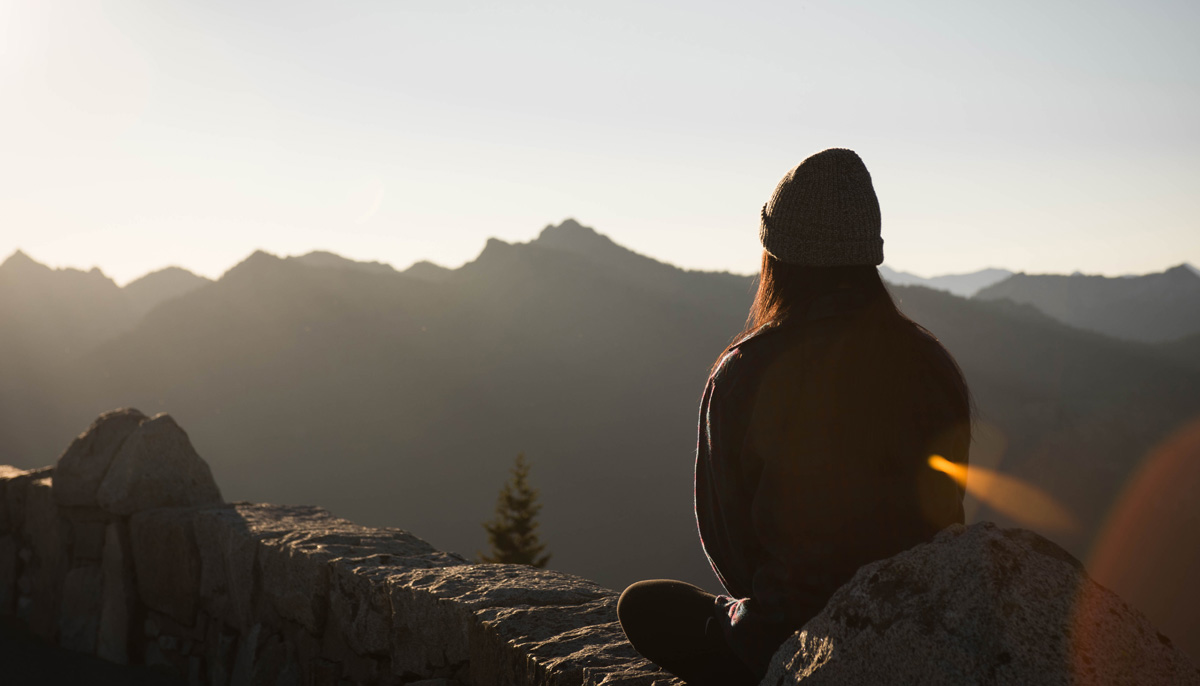There are approximately one bajillion reasons why you should probably be meditating right now. Leaving aside any particularly Buddhist ones—like enlightenment, or nirvana, or complete liberation from the endless cycle of suffering— there are some totally legit, immediately beneficial ways mindfulness and meditation can be good for you starting today.
In a nutshell, we can say that meditation refers to a broad range of practices designed to help human beings suffer less and live with greater ease and well-being. Mindfulness is both the capacity of the mind to know and the development of that capacity. It is both an ingredient in all meditation practices and a type of meditation all by itself.
The ancient Buddhist word for mindfulness is sati. Sati, it turns out, is a richly complex signifier, and its meaning has been debated for centuries. For our purposes, however, we can define sati as “awareness.” It is the capacity of the mind to know. Awareness knows the five senses, it knows thoughts, it knows feeling tone and emotional valence. And when that capacity to know is developed, we can call it mindfulness. Or, as Jon Kabat-Zinn says, “Mindfulness is the awareness that arises through paying attention on purpose in the present moment—non-judgmentally.”
Here’s a five-minute exercise you can do to start your mindfulness practice today. Five minutes is just enough time to let the mind drop into the body. And letting the mind drop into the body is a great way to release some of the spinning, storming thoughts that make us unhappy for no great reason.
So let’s start by getting comfy. When we’re meditating, it’s nice to be relaxed and at ease, but it’s also helpful to be energized and alert in your body. You can try sitting on a cushion on the floor, or in a chair, or on your couch. Your posture can vary—the point is just to make sure your body feels supported but also awake. Close your eyes if you like, or keep a soft, downward gaze.
Now, take a few deep breaths. As you exhale, let go of any thoughts or worries or plans you might have running through your head. Allow your breath to return to a natural rhythm, and simply feel your body from the inside out.
Explore your inner weather patterns. Is it sunny inside? Or stormy? Or maybe you can’t feel anything at all. That’s okay. Just stay curious about this experience of having a body. Do you feel tension or ease in different parts of your body? Do you feel warm or cool? Do you feel pressure where you’re sitting? Use your awareness to feel all your bodily sensations as they come and go.
Of course, your mind will wander and get lost in thoughts as you do this. This is normal and natural and supposed to happen. When you notice that you’re distracted, that’s okay. You haven’t failed at meditation. This recognition of your wandering mind is actually a moment of sati, of remembering to be aware. Just come back to feeling your body in the present moment.
Congrats! You just meditated! You were cultivating mindfulness, or present moment awareness. You can also do this mental practice throughout your day. Whenever you remember, come back to your body and feel its sensations, posture, temperature.
Adapted from How Not to Be a Hot Mess: A Survival Guide for Modern Life, by Devon & Craig Hase © 2020 by Devon Hase and Craig Hase. Reprinted in arrangement with Shambhala Publications.

